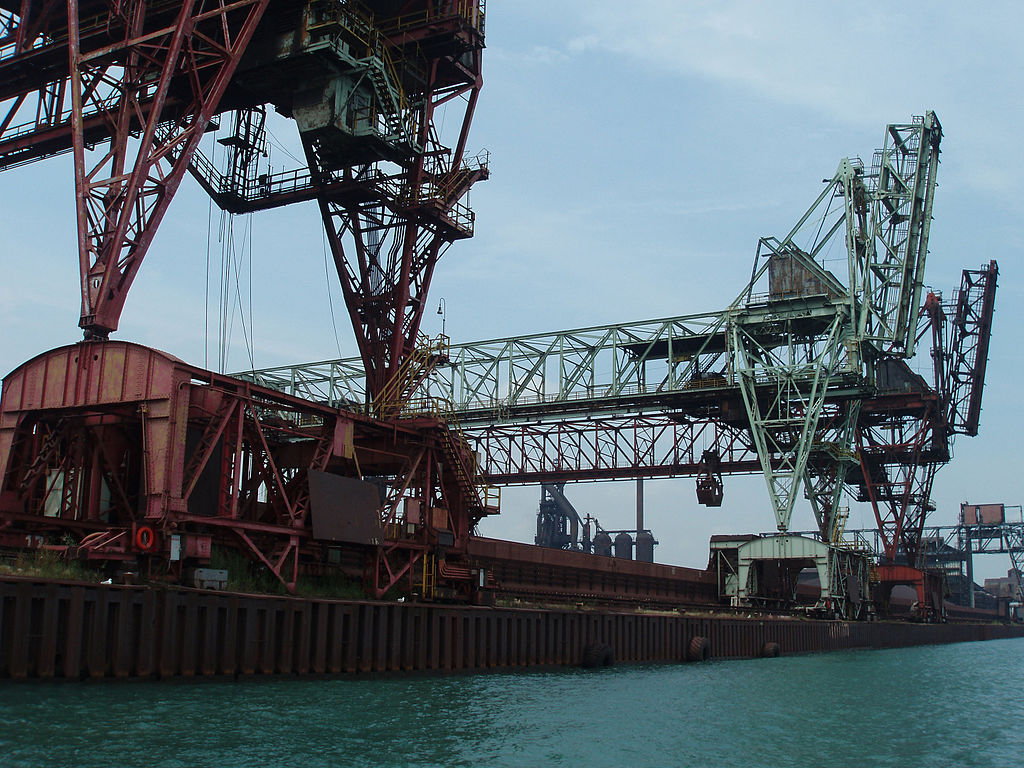
Michigan’s Office of the Great Lakes failed to update key action plans for legacy toxic sites under its control, including for the Detroit and Rouge rivers, two of the most environmentally impaired rivers in Michigan.
Without the updates, “the general public’s involvement and participation, which is essential in the delisting process, is limited,” according to a recent report from Michigan’s auditor general.
The plans for both rivers, known as a Remedial Action Plans, date back to 2008.
Updates to the plan are a requirement, according to the U.S. Environmental Protection Agency, which has authority over toxic site cleanup and works with the states by monitoring progress and verifying that actions are properly accomplished.
Delisting for the Detroit and Rouge rivers refers to taking the necessary action to remove a location from a 1987 list of toxic sites in the Great Lakes region.
The “updates are designed to document and communicate progress on specific actions that are important for delisting” an Area of Concern as the sites are known, according to the audit.
Of the Detroit River’s 11 impairments on the 1987 list, only two have been removed and none since 2013. None of the Rouge River’s impairments have been removed.
Impairments, known as Beneficial Use Impairments, for both rivers include degradation of fish and wildlife populations, fish tumors and other deformities, and loss of fish and wildlife habitat, according to a 2018 Office of the Great Lakes document.
Lack of process to verify progress
The audit also found that a technical team was not always used to verify that removal of an impairment was justified.
The audit said there was a lack of a “formal process,” therefore the Office of the Great Lakes could not “demonstrate to interested parties and the public that it properly removed (impairments)” from the 1987 list.
Responding to the audit report, the Department of Environment, Great Lakes and Energy acknowledged the deficiencies and said it would take action to correct them.
“Although the Remedial Action Plan updating process was not commonly used, an array of other mechanisms are employed to engage the public throughout the process, EGLE spokesperson Nick Assendelft said in an email in response to a Great Lakes Now inquiry.
A public advisory council and action lists were cited by Assendelft as methods of public engagement.
An informal process was used to secure required input from technical experts including local, state and federal agencies on removing impairments, which was not always documented, according to Assendelft.
EGLE does not plan on revisiting the impairment removal process that was in place for veracity based on the audit report, Assendelft said.
The audit covered the period January 2014 through June 2018 under the administration of former Gov. Rick Snyder.
No comment
The U.S. EPA did not respond to multiple questions concerning its role in updating management plans and verifying removal of impairments. The agency has not had time to review the audit report, according to spokesperson Ken Labbe.
Since 2010, “EPA, the state of Michigan, and our many local partners have collaborated to make a tremendous amount of progress in cleaning up contaminated Areas of Concern (AOCs) in Michigan, including the Detroit River AOC,” Labbe said in an email.
He cited habitat restoration projects at “Stoney Island, Sugar Island, and Belle Isle, among many other sites,” as proof that progress is being made on the Detroit River.
The completion of all necessary management actions, and the subsequent removal of the Beneficial Use Impairments, will eventually lead to the delisting of the Detroit River AOC,” Labbe said. He did not provide a timeline.
Michigan does not anticipate the Detroit River coming off the 1987 list of contaminated sites until beyond 2025, according to Rick Hobrla, who manages AOC sites for EGLE.
An Office of the Great Lakes document says Michigan is “achieving remarkable results in restoring Beneficial Uses and anticipates this progress will continue.”
Matt Doss, policy director at the Great Lakes Commission, declined to comment on the audit results, deferring to Michigan’s Office of the Great Lakes. Doss coordinates the commission’s work on Areas of Concern.
In 2018, Great Lakes scientist Raj Bejankiwar said that removal of the toxic sediment in the Detroit River is “expensive, isn’t difficult and is doable by 2025.” Bejankiwar is deputy director of the International Joint Commission, the U.S. and Canadian agency that advises the two countries on transborder water issues.
The audit also reported that a $328,000 grant was awarded by an informal process to a recipient who had only an informal work plan. The recipient was not named.
Separate, the audit report said that unsupported and unallowable reimbursements were made to grantees totaling $13,667 as a result of not complying with federal and state grant requirements.
EGLE agreed with both findings according to the audit report.
The complete audit is located here: audgen.michigan.gov
The U.S. Environmental Protection Agency is holding its annual Great Lakes Areas of Concern conference in Cleveland this week.
Featured Image: Shipping industry along the Detroit River, courtesy of NOAA




